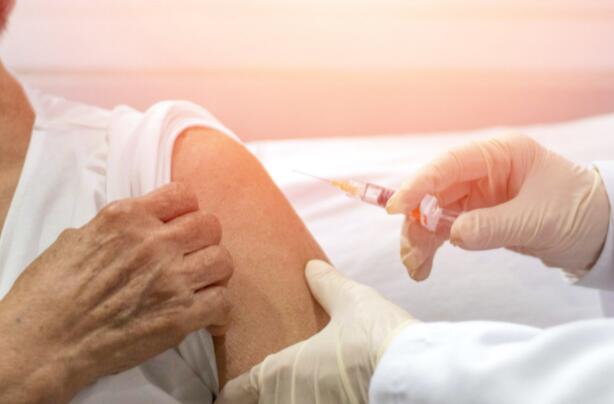China"s macroeconomic policies should strengthen both countercyclical and cross-cyclical adjustments to promote steady recovery of growth this year, according to economists.
Their remarks came as China"s economic expansion slowed to 0.4 percent year-on-year in the second quarter amid pressure from the COVID-19 pandemic and a complicated external environment, with the GDP posting a 2.5 percent growth in the first half, said the National Bureau of Statistics.
Despite downside pressure, the gradual improvement in some economic indicators has showcased the resilience of the Chinese economy, Liu Shangxi, president of the Chinese Academy of Fiscal Sciences, said at a macroeconomic summit held on Saturday by the China Wealth Management 50 Forum.
The NBS said value-added industrial output and fixed-asset investment grew 3.9 percent and 5.6 percent year-on-year, respectively, in June, up from a 0.7 percent rise and 4.6 percent increase in May. And retail sales grew 3.1 percent year-on-year in June, reversing the 6.7 percent decline in May.
Liu said China should continue to pursue progress while ensuring stability for the rest of the year, with a key focus on further deepening reform and expanding opening-up to unleash more development dividends.
For instance, he said the country should consider carrying out various reforms including moving faster in granting permanent urban residency to those who move to cities from rural areas. "That will help stabilize employment, consumption and growth."
Wang Yiming, vice-chairman of the China Center for International Economic Exchanges, said China"s economic recovery will likely gather pace in the second half with better containment of the pandemic and policy stimulus measures further taking effect.
"To promote the steady recovery of the economic growth, we should strengthen countercyclical adjustments as well as leave ample policy room for cross-cyclical adjustments," Wang said.
Looking at the second half, he said China needs to ramp up efforts to implement a package of policy measures aimed at stabilizing growth, expand effective investment, spur consumption, accelerate digital and smart transformation of industries and boost market confidence.
He further said the country should make a big push to implement existing policies supporting projects in fields such as transportation and water conservancy, and address weak links essential for people"s livelihoods. China should also implement 102 key projects mapped out in the 14th Five-Year Plan (2021-25) and speed up construction of "new infrastructure "covering fields like 5G and data centers.
More efforts should also be made to take medium to long-term steps like deepening reform of the household registration system to unleash huge consumption potential as well as study and introduce policy measures to support the sustained and healthy development of the platform economy, Wang added.
Dai Xianglong, former governor of the People"s Bank of China, said China"s GDP growth slowed in the second quarter as activity in key regions such as Shanghai was severely impacted by the resurgent domestic COVID-19 cases. Official data showed Shanghai"s GDP fell by 13.7 percent year-on-year in the second quarter to post a 5.7 decline in the first half of 2022.
As the economy is gradually shaking off the pandemic impact with resumption of work and production, Dai said the country enjoys several favorable conditions to promote recovery in the second half including an improvement in key indicators such as investment and consumption.
Dai also said China"s economy may expand by over 5 percent year-on-year in the third and fourth quarters, posting an over 4.5 percent full-year GDP growth.







